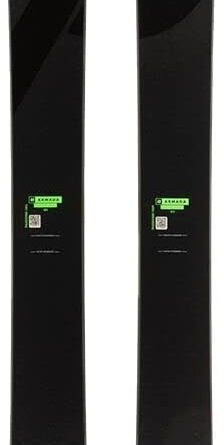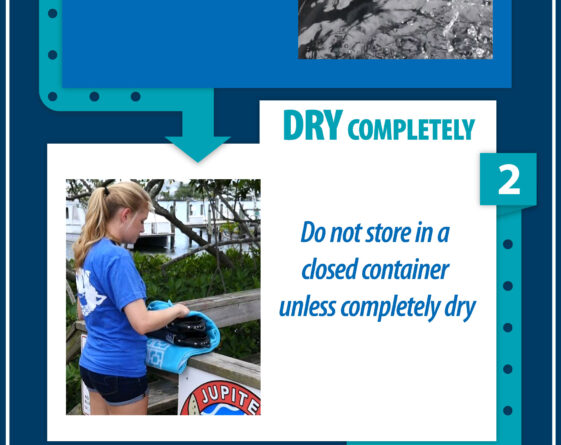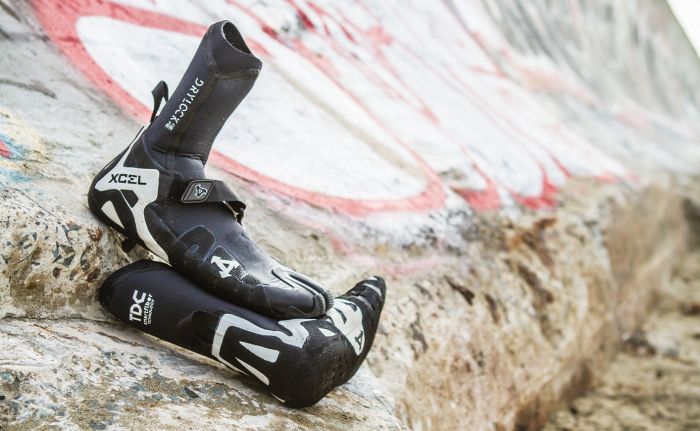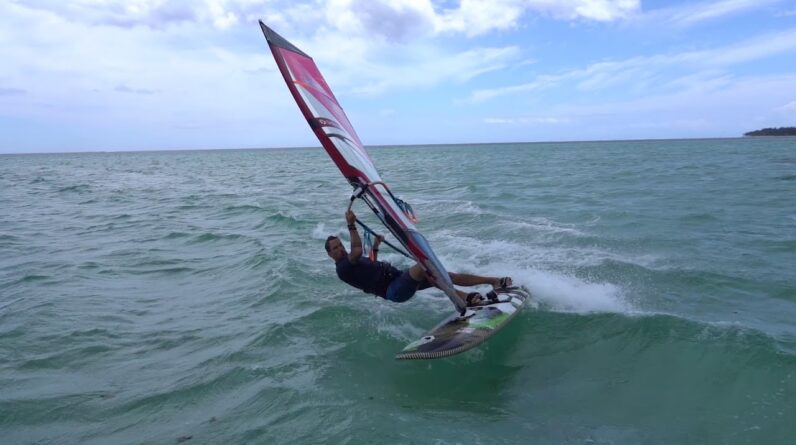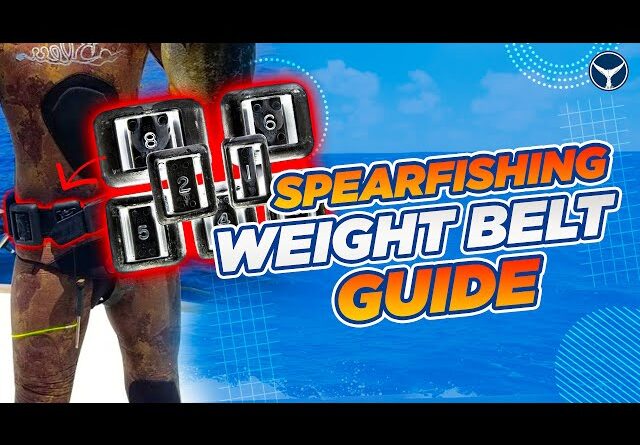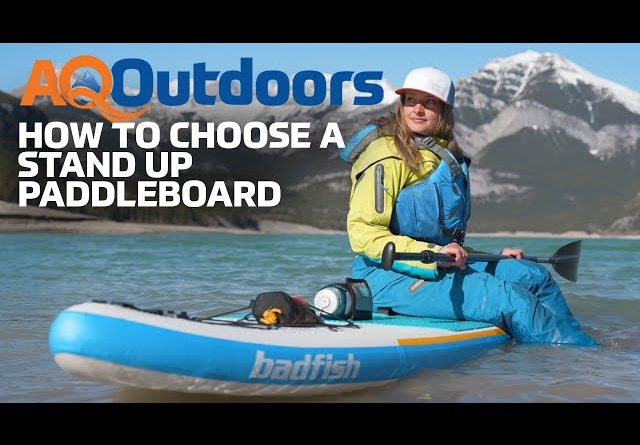
Are you ready to hit the water and try out stand-up paddleboarding? Before you do, it’s important to choose the right paddleboard that suits your weight and skill level. With so many options available, it can be overwhelming to make the right choice. But don’t fret! This article will provide you with some tips and guidance on how to choose the perfect paddleboard for your needs. Whether you’re a beginner or an experienced paddler, we’ve got you covered with all the information you need to make an informed decision and enjoy your paddleboarding adventures to the fullest.
Consider Your Weight
Know Your Weight
First and foremost, it’s crucial to have a clear understanding of your weight when choosing the perfect paddleboard. Your weight will significantly impact the board’s stability and performance on the water. So, step on the scale and know your weight before diving into the world of paddleboard selection.
Check Paddleboard Weight Capacity
Once you know your weight, it’s essential to check the weight capacity of the paddleboards you’re considering. Each paddleboard has a maximum weight capacity that it can comfortably accommodate while maintaining stability. It’s crucial to choose a board that can safely support your weight, ensuring a secure and enjoyable experience on the water.
Evaluate Your Skill Level
Assess Your Experience
Assessing your experience level is another crucial factor when choosing a paddleboard. If you are a beginner, it’s advisable to start with a board that offers more stability and forgiveness. On the other hand, if you have some experience and are looking for a more challenging ride, a board with higher performance capabilities might be a better fit.
Determine Your Skill Level
To determine your skill level accurately, consider factors such as your familiarity with paddleboarding, your balance and coordination skills, and your overall comfort level on the water. Being honest with yourself about your abilities will help you choose a paddleboard that aligns with your skill level and maximizes your enjoyment on the water.
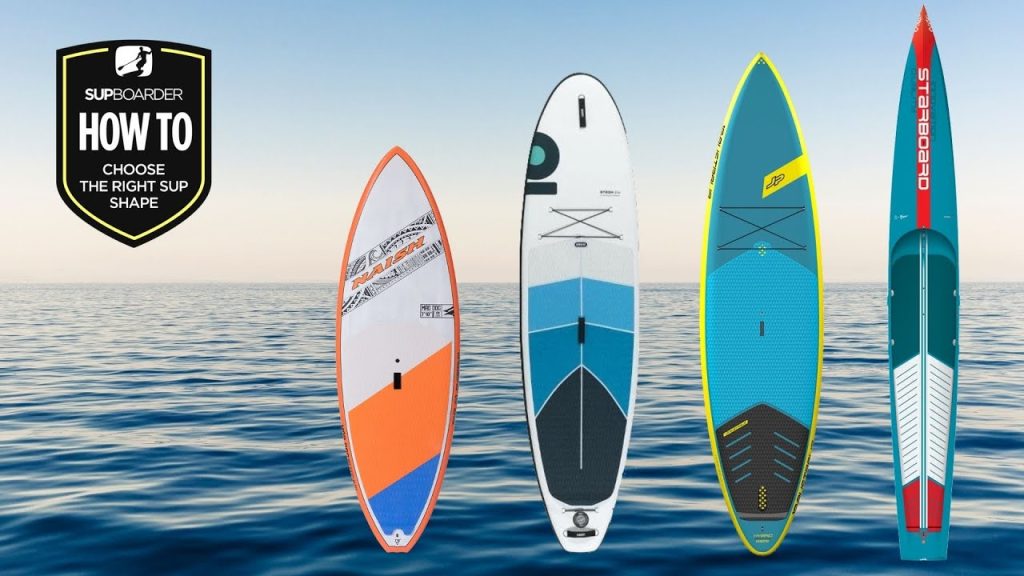
This image is property of i.ytimg.com.
Choose the Right Type of Paddleboard
All-Around Paddleboards
All-around paddleboards are versatile and suitable for a wide range of activities, making them an excellent choice for beginners or those looking for a multipurpose board. These boards typically offer a good balance between stability, maneuverability, and speed, giving you the flexibility to enjoy various water activities.
Touring Paddleboards
If your primary goal is to cover long distances on the water, touring paddleboards are the way to go. Designed with efficiency and speed in mind, these boards feature a sleeker shape and longer length, allowing for easier gliding and improved tracking. They are ideal for exploring lakes, rivers, and coastal areas.
Surf Paddleboards
For those seeking an adrenaline rush on the waves, surf paddleboards are the perfect choice. Designed specifically for surfing, these boards are shorter, more maneuverable, and offer increased responsiveness in the water. Surf paddleboards are an excellent option for experienced riders looking to carve up the waves with style.
Fishing Paddleboards
Fishing paddleboards are specifically designed to accommodate all your angling needs. These boards come equipped with features such as rod holders, cooler tie-downs, and ample storage space. Fishing paddleboards offer excellent stability, allowing you to stand and fish with ease, even in choppy waters.
Yoga/Fitness Paddleboards
If you’re looking for a unique way to enhance your yoga or fitness routine and enjoy the calming effects of being on the water, yoga/fitness paddleboards provide the perfect platform. These boards are wider and more stable, allowing you to perform various exercises and yoga poses with confidence and balance.
Inflatable vs Hard Paddleboards
When it comes to choosing between inflatable and hard paddleboards, there are a few factors to consider. Inflatable boards are highly portable, easy to store, and convenient for travel. They are also more forgiving and less prone to damage. Hard boards, on the other hand, offer enhanced performance and a more traditional feel on the water. They are generally lighter and provide better responsiveness and speed. Choose the type that aligns with your specific needs and preferences.
Consider Paddleboard Length
General Length Guidelines
Paddleboard length plays a crucial role in determining how the board behaves on the water. As a general guideline, longer boards tend to offer better glide and tracking, making them ideal for longer distances and faster speeds. Conversely, shorter boards provide improved maneuverability, making them a great choice for surfing or navigating tight spaces.
Long Paddleboards
Long paddleboards, typically ranging from 11 to 14 feet, excel in providing excellent glide, stability, and tracking. If you plan on going on longer excursions or simply want to cover more ground with ease, a long paddleboard might be the right pick for you. These boards are also perfect for tall individuals due to their increased length and overall surface area.
Short Paddleboards
Short paddleboards, usually around 9 to 10 feet in length, offer enhanced maneuverability and agility. They are great for riders who prioritize surfing or navigating through crowded waterways where turning and quick changes in direction are essential. Short paddleboards are also advantageous for smaller individuals or those who prefer a more responsive and playful ride.
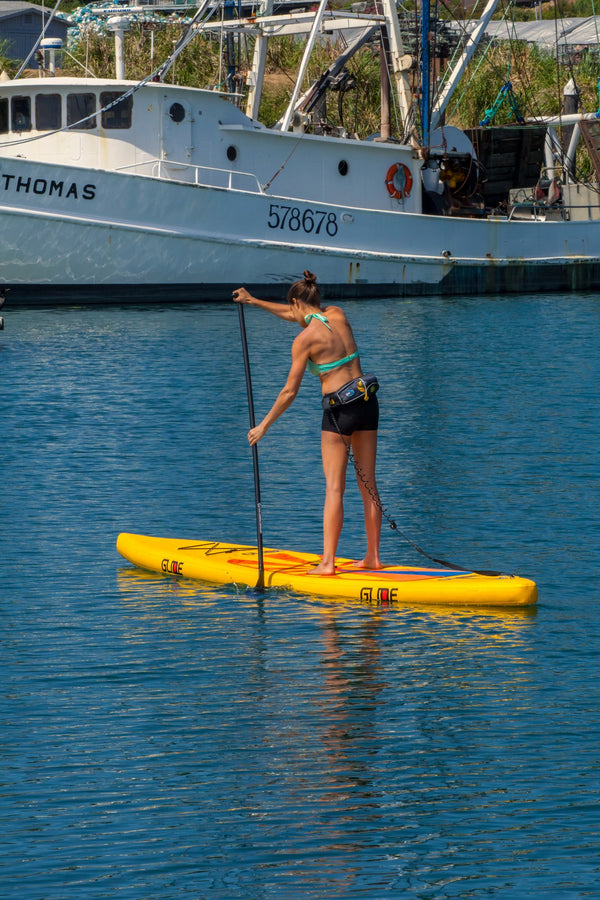
This image is property of www.glidesup.com.
Paddleboard Width
Importance of Width
Paddleboard width plays a significant role in determining stability and balance on the water. Wider boards provide better stability, making them ideal for beginners or riders who value a secure and confidence-inspiring experience. Narrower boards, on the other hand, sacrifice some stability for increased maneuverability and speed, making them suitable for more experienced riders.
Wide Paddleboards
Wide paddleboards, typically ranging from 30 to 34 inches, offer excellent stability and balance. They are perfect for beginners, individuals with limited balance skills, or anyone who wants to feel secure while exploring calm waters. Wide boards are also a fantastic choice for activities such as yoga or fishing, where stability is paramount.
Narrow Paddleboards
Narrow paddleboards, usually around 26 to 30 inches, prioritize maneuverability and speed over stability. These boards are great for experienced riders who want to challenge themselves and zip through the water with ease, especially in surf or racing situations. Narrow boards require a bit more skill to maintain balance but offer a thrilling ride once mastered.
Paddleboard Thickness
Significance of Thickness
Paddleboard thickness influences buoyancy and weight capacity. Thicker boards provide increased volume and better weight distribution, resulting in improved stability and higher weight capacity. Thinner boards, on the other hand, are lighter, more responsive, and better suited for riders who prioritize maneuverability and performance.
Thick Paddleboards
Thicker paddleboards, usually around 5 to 6 inches, offer exceptional stability and buoyancy. They are perfect for riders of all skill levels, especially those on the heavier side or carrying extra gear. Thick boards provide enhanced floatation, making it easier to stay balanced and confident on the water, regardless of your weight.
Thin Paddleboards
Thin paddleboards, typically around 4 inches or less, prioritize performance and maneuverability. They are suitable for experienced riders who desire a more responsive board and enjoy a quicker and more dynamic ride. While thin boards may not offer the same level of stability as thicker ones, they excel in speed, agility, and responsiveness.
This image is property of f.shgcdn.com.
Stability and Maneuverability
Importance of Stability
Stability is a critical factor to consider when choosing a paddleboard. A stable board allows you to feel confident and comfortable while paddling, making it easier to enjoy your time on the water. Beginners and riders who prioritize stability, such as yoga enthusiasts or anglers, should opt for boards with a wider platform and greater overall surface area.
Consider Maneuverability
While stability is important, maneuverability also plays a key role in enjoying your paddleboarding experience. If you value nimble turns and quick changes in direction, a more maneuverable board might be the right choice for you. Boards with narrower widths and shorter lengths are typically more maneuverable, offering greater responsiveness and agility.
Materials and Construction
Different Paddleboard Materials
Paddleboards are constructed using various materials, each with its own set of characteristics and advantages. Common materials include foam, fiberglass, carbon fiber, and inflatable PVC. Foam boards are lightweight and ideal for beginners, while fiberglass and carbon fiber boards offer enhanced performance and durability. Inflatable PVC boards provide excellent portability and convenience.
Inflatable Paddleboards vs Solid/Hard Paddleboards
Inflatable paddleboards have gained popularity due to their portability and ease of storage. They are made from durable PVC materials and can be deflated and rolled up for convenient transportation. Solid or hard paddleboards, on the other hand, offer superior performance and a more traditional feel on the water. Both options have their merits, so choose based on your specific needs and preferences.
Construction Quality
Regardless of the material, paying attention to the construction quality of the paddleboard is crucial. A well-constructed board will be more durable, ensuring longevity and reliability. Look for boards that use quality materials and have reinforced seams, sturdy fins, and strong deck padding. Investing in a paddleboard with solid construction will ensure a safer and more enjoyable experience on the water.

This image is property of i.ytimg.com.
Paddleboard Features and Accessories
Deck Padding
Deck padding, also known as traction pads or EVA foam, provides grip and comfort while standing on your paddleboard. It prevents slipping and ensures a secure footing, allowing you to maintain balance even in wet conditions. Consider boards with ample and high-quality deck padding, especially if you plan on practicing yoga, performing fitness exercises, or engaging in other activities that require stability.
D-Rings and Bungee Cord
D-Rings and bungee cords are essential for attaching gear and accessories to your paddleboard. These convenient features allow you to secure items such as a dry bag, cooler, or fishing equipment, ensuring they stay in place while you paddle. The more attachment points and bungee cord space a board offers, the more versatile and functional it becomes. Consider the activities you plan to engage in and choose a board with sufficient D-rings and bungee cords to meet your needs.
Paddleboard Fins
Paddleboard fins are located on the underside of the board and play a crucial role in tracking and maneuverability. Larger fins enhance straight-line tracking, ideal for longer distances or touring. On the other hand, smaller or removable fins provide increased maneuverability and agility, making them suitable for surfing or navigating shallow waters. Some boards even offer interchangeable fin setups, allowing you to customize your ride based on the conditions.
Handles and Straps
Handles and straps are important features to consider, as they facilitate transporting and carrying your paddleboard. Look for boards that have sturdy and comfortable handles strategically placed for easy lifting and carrying. Adjustable and padded straps can also be beneficial, especially for longer distances or when traveling with your board.
Paddleboard Bag or Case
If you plan on transporting or storing your paddleboard, investing in a bag or case is highly recommended. A good-quality bag or case offers protection against scratches, dings, and UV damage, keeping your board in excellent condition. Look for options with padded interiors, reinforced handles, and durable zippers for maximum durability and convenience.
Other Accessories
Additional accessories such as waterproof phone cases, dry bags, or even dock anchor systems can enhance your paddleboarding experience. Consider your specific needs, preferences, and the type of activities you plan to engage in. While these accessories may not be essential, they can certainly add convenience and enjoyment to your time on the water.
Test Before You Buy
Rent or Demo Paddleboards
Before making a final decision on which paddleboard to purchase, it’s highly recommended to rent or demo different models. This allows you to test out various boards and get a feel for their performance, stability, and overall suitability to your needs. Many rental shops or paddleboard retailers offer demos or rental options, giving you the opportunity to try before you buy and ensure you make the right choice.
Attend Paddleboard Expos or Events
Paddleboard expos and events are fantastic opportunities to try out different paddleboards, learn from experts, and gain a better understanding of the options available. These events often feature a wide range of paddleboards from various brands, allowing you to compare and contrast different models in one location. Attending these expos or events can provide invaluable insights and help you make an informed decision when purchasing your paddleboard.
Choosing the right paddleboard for your weight and skill level is crucial in maximizing your enjoyment and safety on the water. By considering factors such as your weight, skill level, paddleboard type, length, width, thickness, stability, materials, and accessories, you can make an informed decision that suits your specific needs and preferences. Remember to test the boards before making a purchase and seek expert advice whenever necessary. Happy paddling!

This image is property of greenwatersports.com.


